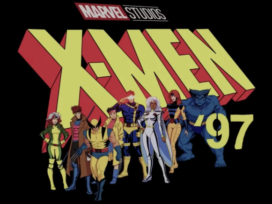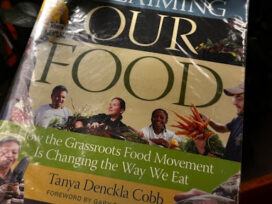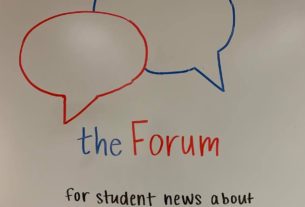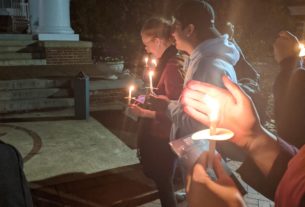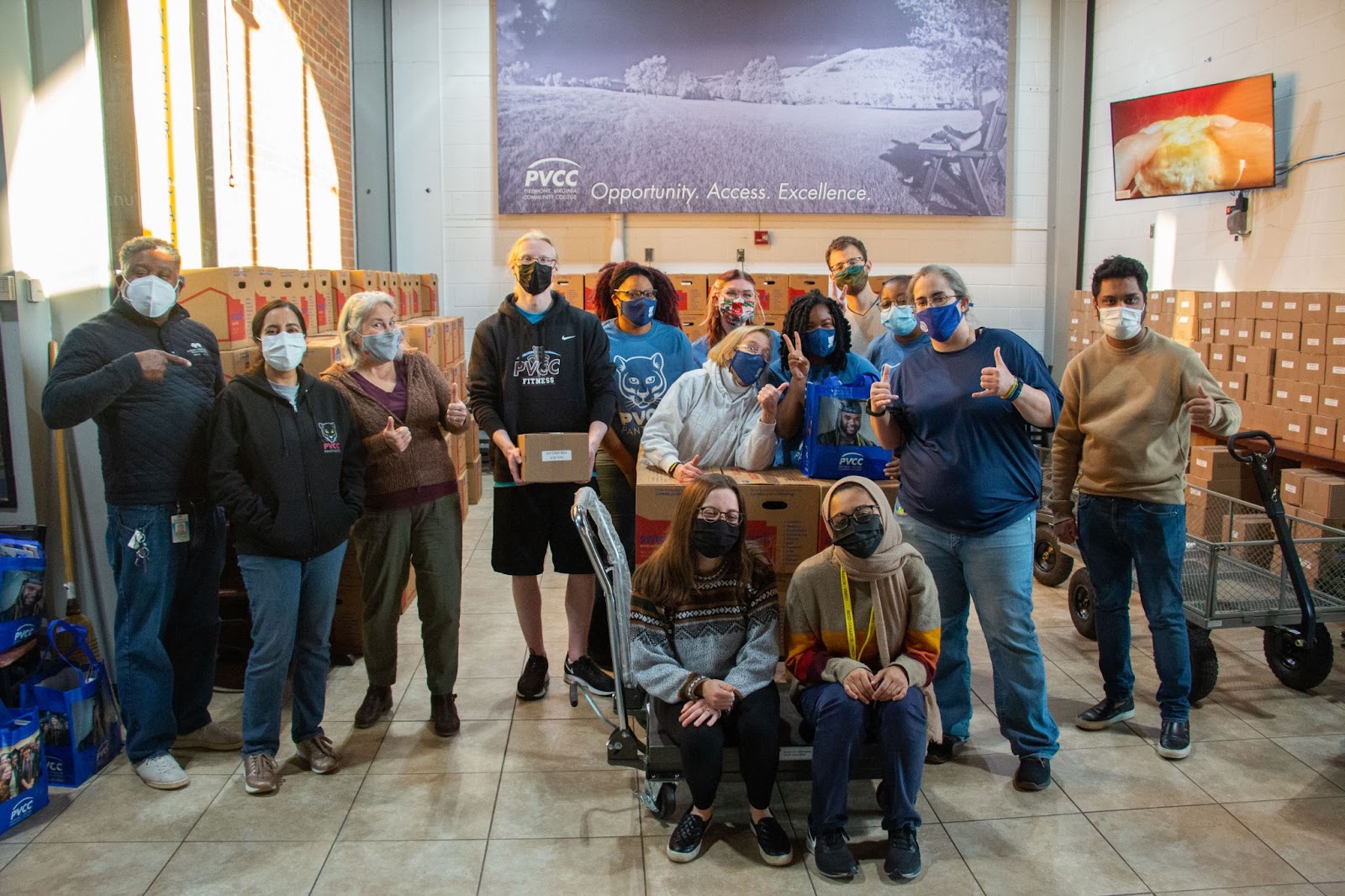
PVCC program alleviates food insecurity over the holiday season
Food insecurity is a well known issue, with thousands of food banks and food resource networks across the US attempting to alleviate it; the problem is that most of them are closed during the last ten days of the year. So in 2019, Amanda Key, the Student Financial Resource Center (SFRC) coordinator, came up with a solution; Boxes for Break.
Food insecurity is a huge issue for college students, especially for those who have to work and attend. Student advocacy organization Chegg published a report that stated that nearly one-third (29%) of college students have missed a meal at least once a week since the beginning of the pandemic and more than one-third (34%) know someone who has dropped out of college due to difficulties affording food. While college food pantries have been picking up the slack, a good portion of them simply do not have the same levels of funding or volunteer support as traditional food banks and resource networks.
However, thanks to a grant from Anthem Healthkeepers Plus and donated money and supplies from the Virginia Foundation for Community College Education, the SFRC was able to plan and assemble 200 food and hygiene boxes for PVCC students and their families. Members of the SGA, PVCC Foundation Board, UVA SIM 21-22 volunteers, and PVCC staff and faculty got together to assemble these boxes.
“It took us a few days to get everything done, but we had over 45 volunteers, so we were well ahead of schedule. We finished packing boxes the first week we started, within three days. We had three boxes, a hygiene bag, a box that came from Sentara, and then the regular food box. We prepared 200 food and hygiene boxes,” said Raven Hysell, a single stop coach with the Student Financial Resource Center.
Inside the boxes were a variety of items, to suit a wide range of cultures and tastes, as well as utensils, cooking tools, and meal kits. “This year we put a wide range of things in it, not just canned goods. We added a little twist to the boxes, a little spice by doing a cookbook and providing some of the ingredients from it. Just because you need this service doesn’t mean you shouldn’t be allowed to do things like baking or things like that,” said Key.
Once packed, the boxes were brought up to the Panther Cafe by volunteers and staff for a large distribution day, where students came between 4-6 p.m. to pick up the boxes. “We try to accommodate everyone’s needs, both with the boxes and with distribution. Our whole goal is to remove the barriers to getting what you need, and it’s especially difficult when they’re older or they just don’t have that type of transportation they come to get the items, so everybody could either pick-up or get a delivery. We actually just got done doing a delivery of 22 boxes that we took straight to some people’s homes,” said Key.
But Boxes for Break still has a few more goals to tackle, including increasing the scope of the project to covering non-credit students, expanding coverage to Greene County and the Guiseppe center, and continuing to add more culturally inclusive items to the boxes.
“We need donations of hygiene items, diapers, and things that are culturally friendly. That’s one of the reasons we add so many of the spices and items like that. Blue Ridge Area Food Bank did a study and those were some of the items that some of the refugees and others requested,” said Key.
Overall, the entire program is about ensuring that students and their families are able to celebrate during the break without worrying about resources.
“Seeing everything packed up is my favorite thing about this. It’s absolutely beautiful. Just knowing that all of this is going to be given away to someone, and they don’t have to pay anything for it, it’s just a good feeling,” said Key.


